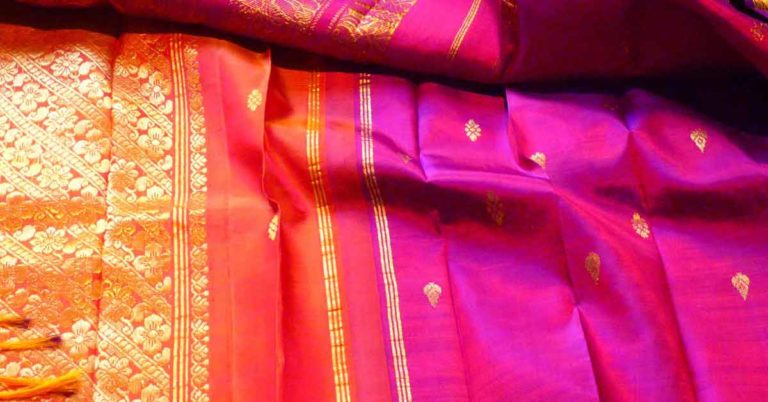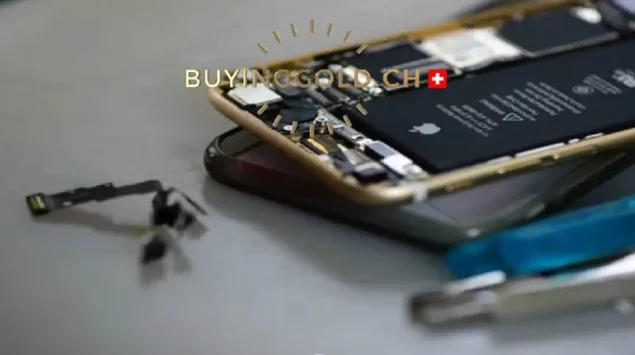
As a precious metal of choice for jewelers, gold is worked in thousands of ways. Some of them are very meticulous and knowledgeable. This is particularly the case of gold weaving. Using techniques inherited from the Renaissance era, craftsmen of the most prestigious jewelry houses, with their eyes riveted to a binocular, weave, perforate, knit and engrave gold to give life to incredibly flexible jewelry, almost like textiles. Various “materials” can thus be obtained: grains of rice, honeycombs, woven cords, etc. So many types of gold laces that give the king of metals a fluidity and a movement that one cannot imagine by observing an ingot.
The appearance of weavings evolves according to the fashions. Under the Second Empire, in France, weaving became more complex. It was at this time that gourmettes were created, with their tiny links.
Today, especially due to the vertiginous rise in the price of gold, the demand for this type of woven gold jewelry is lower. The major jewelry houses still continue to fiercely defend ancestral know-how that is a priceless source of pride. Techniques such as honeycomb, for example, involve doing everything by hand: drawing on the gold leaf, drilling holes, cutting alveolus. . . And beware not to break the wire, otherwise you’ll go back to square one!
Often, in order to ensure a seamless transmission of their art, renowned jewelers have a workshop in which they internally train their future craftsmen, thus transmitting jealously guarded home secrets.
ATCBG/EYS/ATC













